By Jenny Richardson BHSAI, Castle Leslie Estate’s Business Manager.
If your horse is proving a handful, and creating dangerous situations for you due to spookiness, what can you do? It is impossible to completely ‘bombproof’ a horse as they are flight animals, but by desensitising them to certain situations and objects, you can be prepared to face frightening hazards head-on.
Top tips-
Start your horse’s training as young as possible.
Bear in mind that we simply need the horse to be where we want him, with the required speed and direction, in any given situation. It is a training issue.
The key to overcoming equine fear is repetition and discipline.
The horse must learn that no harm will come to him when facing a hazard.
Sight considerations
Horses are not colour blind per se, but do have less acute colour perception than humans. Horses are often wary of going into dark spaces, for instance dingy stables or trailers. This is because horses have a horizontal, ‘widescreen’ band of sight which is quite clear, and can see objects in the middle to far distance; however, their binocular vision (directly in front) is limited. This means that approaching a hazard or entering a dark stable requires a good deal of trust in the rider or handler.
De spooking
Common ‘spooky’ situations that are encountered on a regular basis when riding include farm machinery or lorries, which are often accompanied by noise and vibration; flapping objects like bags, laundry and clothing; loud, unexpected sounds such as backfiring cars, and water obstacles such as cross country complexes or even large puddles. There are various ways to recreate potential hazards in your own schooling or yard environment, no matter what your facilities. It is just a case of being inventive, although you will need people on the ground to help organise some props.
There are many objects that can be used in a desensitisation programme to accustom the horse to sudden noise; popping bubble wrap, holding balloons, rustling feed bags and flapping umbrellas are all useful ploys. For example, ask a helper to appear at unforeseen moments in the arena with an umbrella, quietly opening it up at first. You could also hang long plastic streamers or tape over the stable door, and ask the horse to walk through them on his way in or out of the stable. Perhaps if you have a dumper truck or tractor at the yard, a friend could start it up and drive past while you’re schooling? Horses often have problems walking over strange floor coverings, such as road markings. Try riding your horse through a random line of tyres and rubber balls in the field or arena, or asking the horse to walk over secured pieces of plastic or tarpaulin on the ground.
Whatever you try, make sure you are giving the horse the right signals yourself – are you scared or anxious, do you have a stable, secure riding position, and are you encouraging trust and leadership rather than instilling fear? If your own confidence needs a boost,
Consider a training break at Castle Leslie Estate – click on our package holiday pages for inspiration!
For articles and information on equestrian matters, please visit www.pegasus-magazine.co.uk . This is the website of the UK’s Pegasus Magazine – the major source of information for the large majority of equestrian enthusiasts across the South East of England and the Home Counties. Visit Pegasus Magazine to find out how to access the printed version, of which 25,000 copies per month are read.




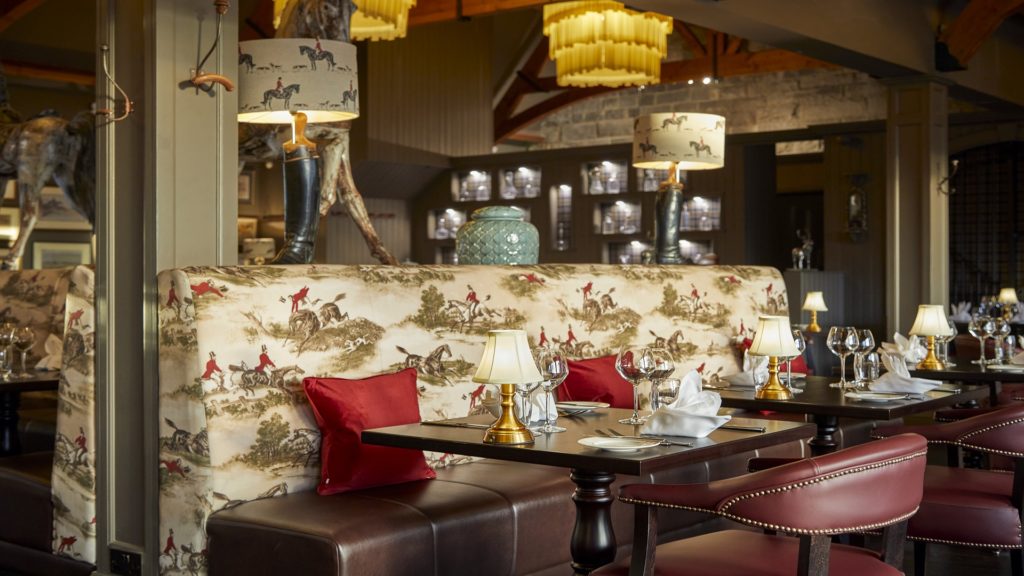
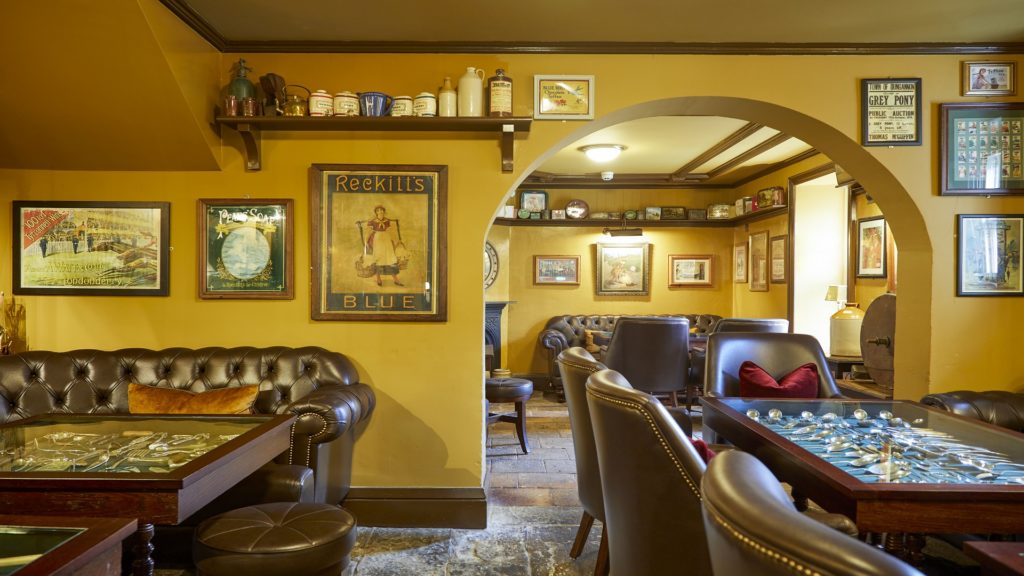
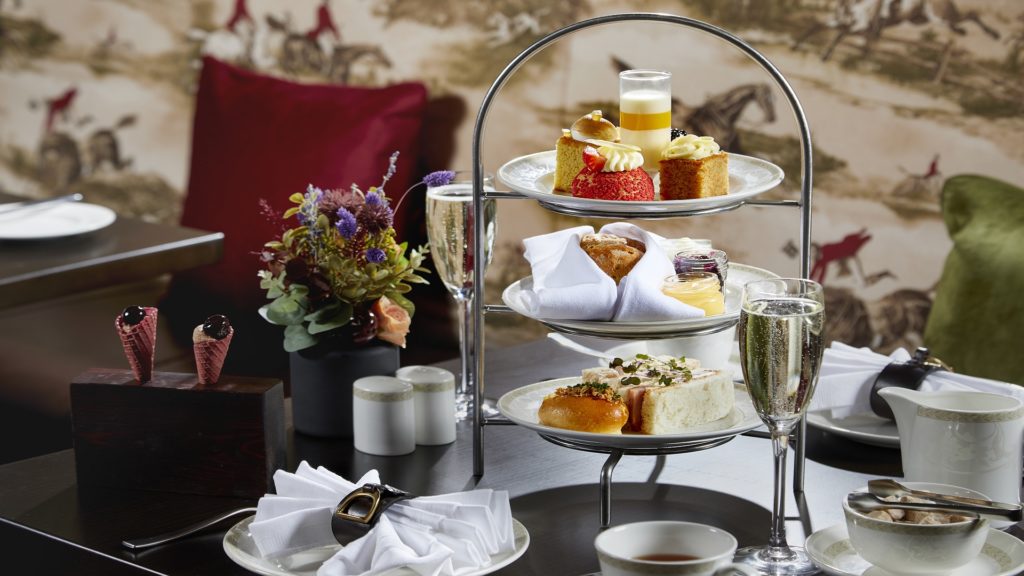

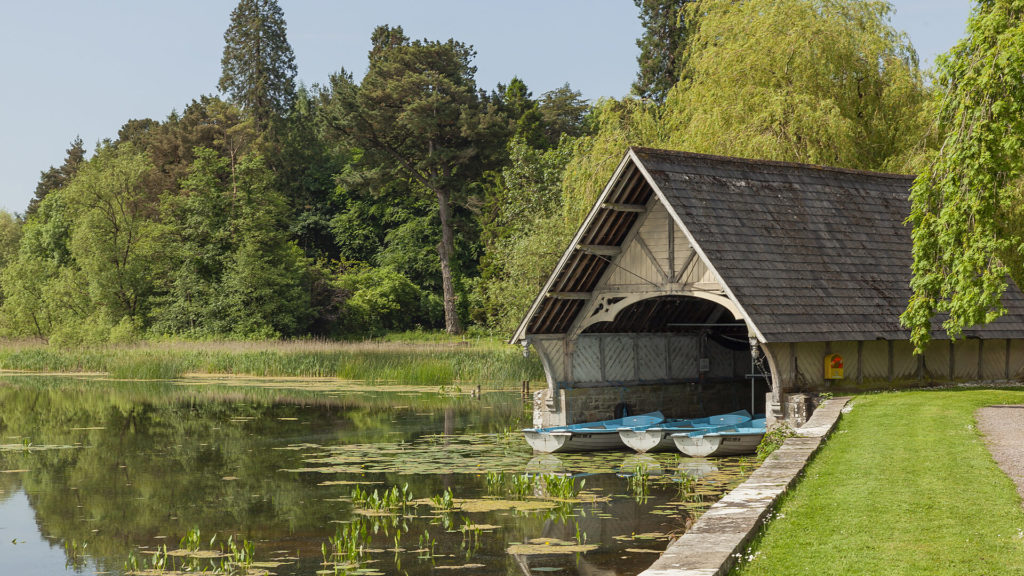



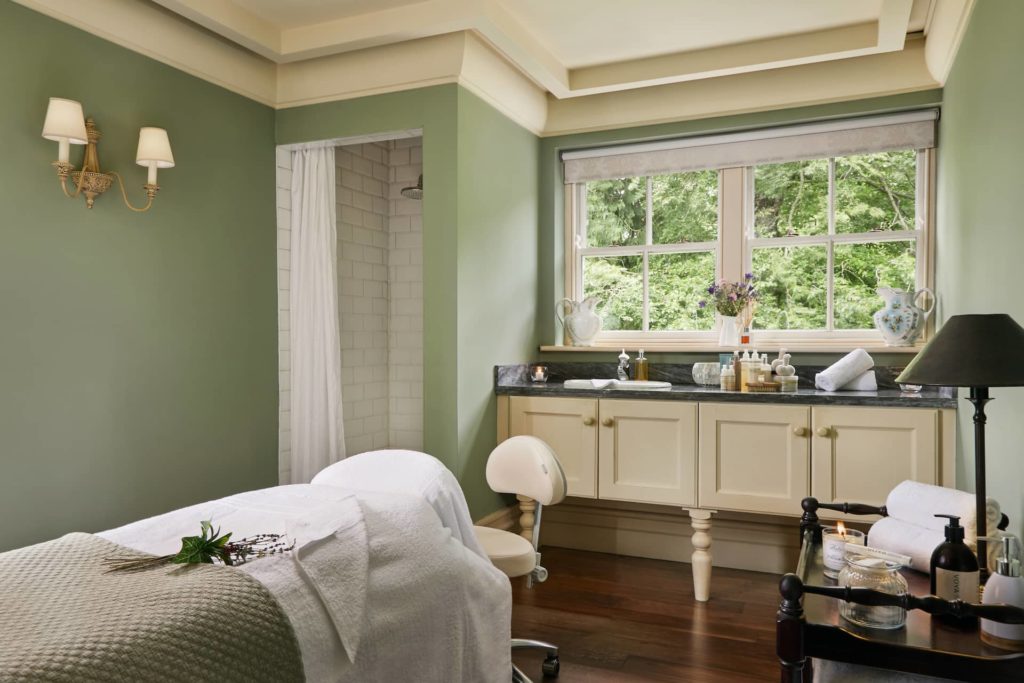

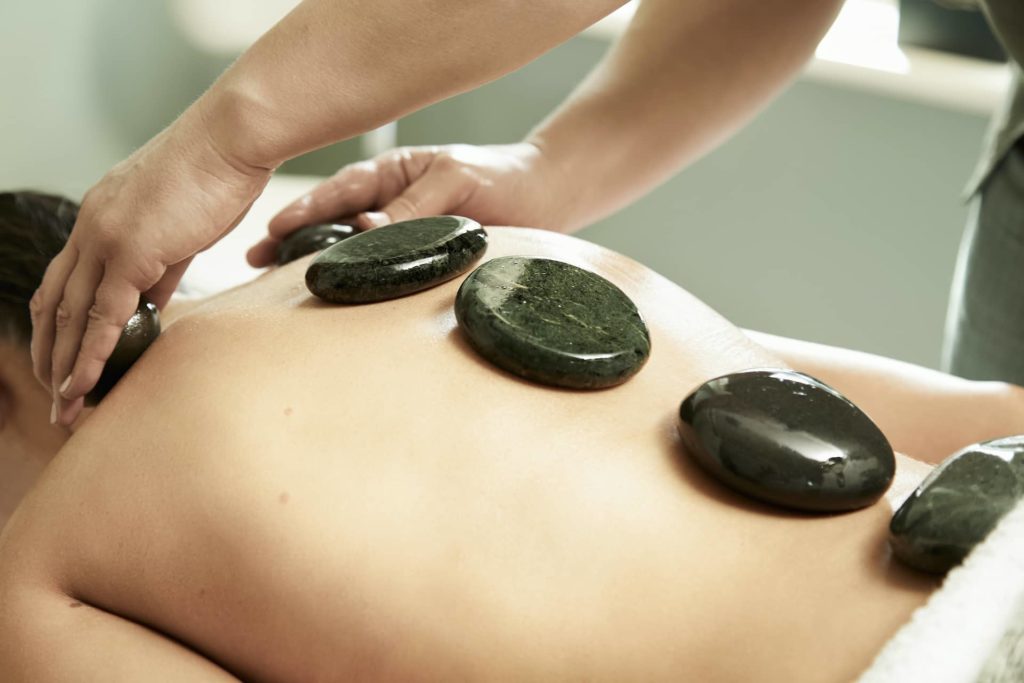
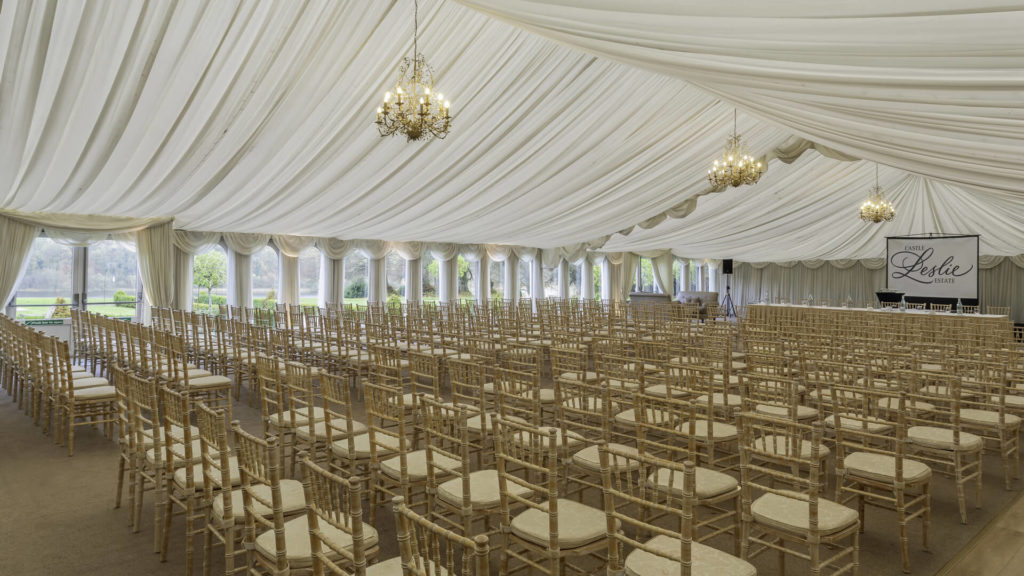
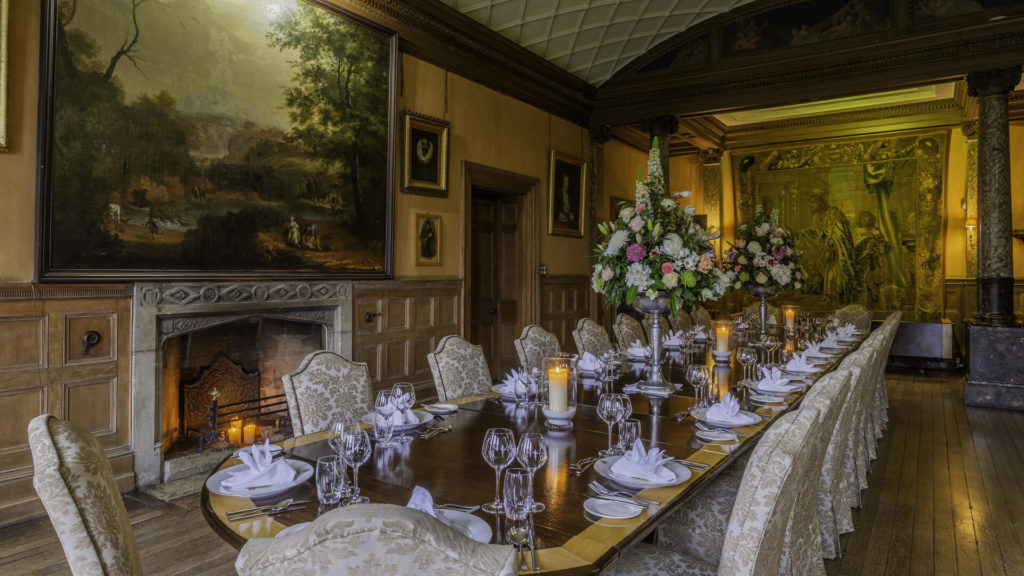
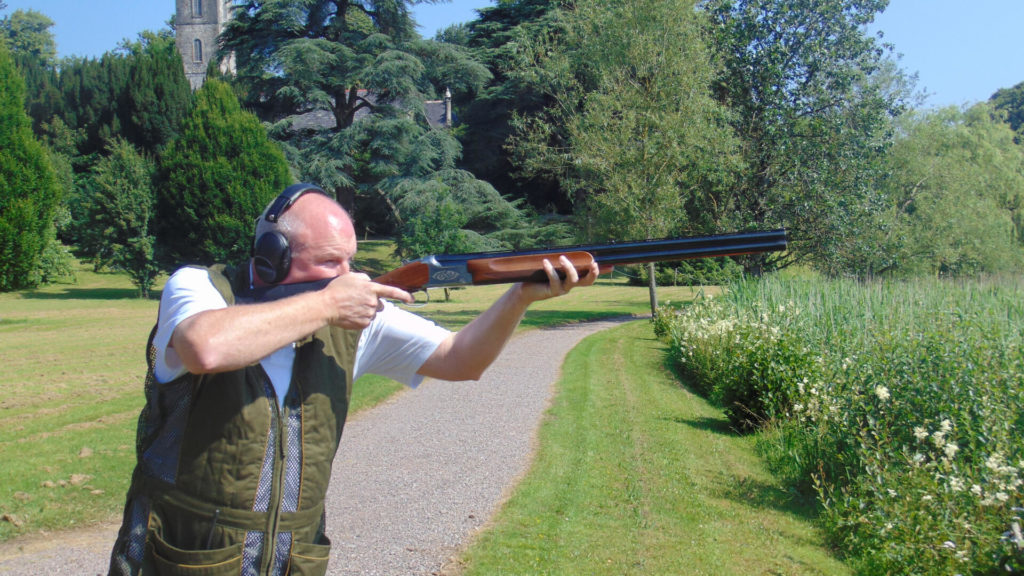
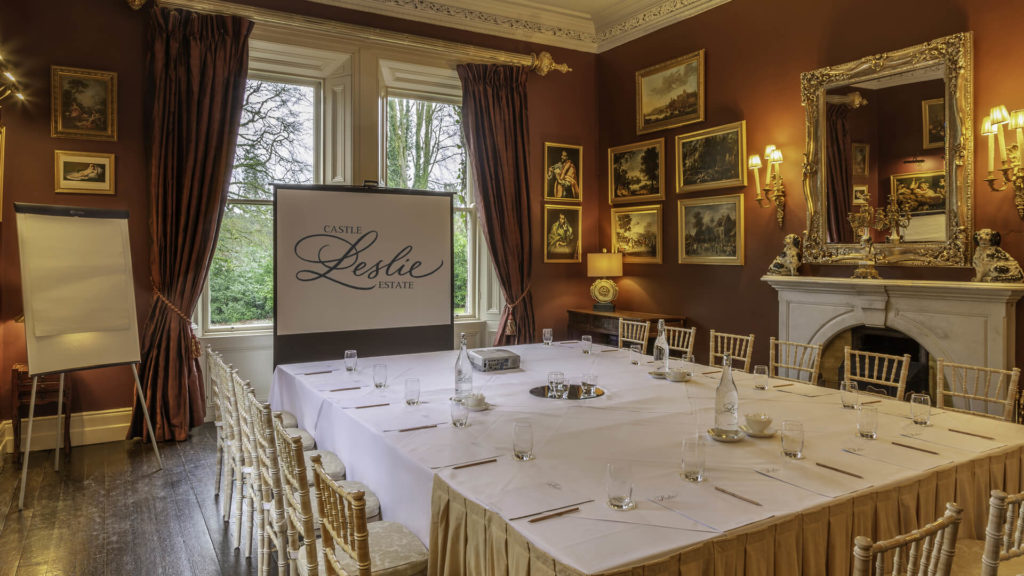
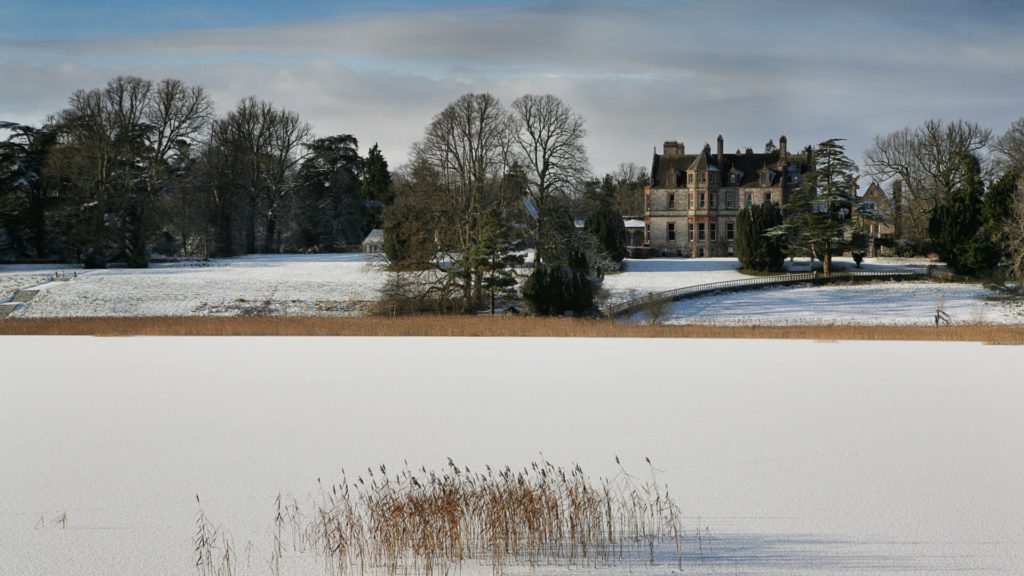


Recent Comments